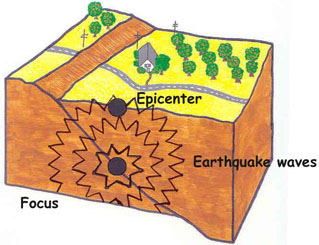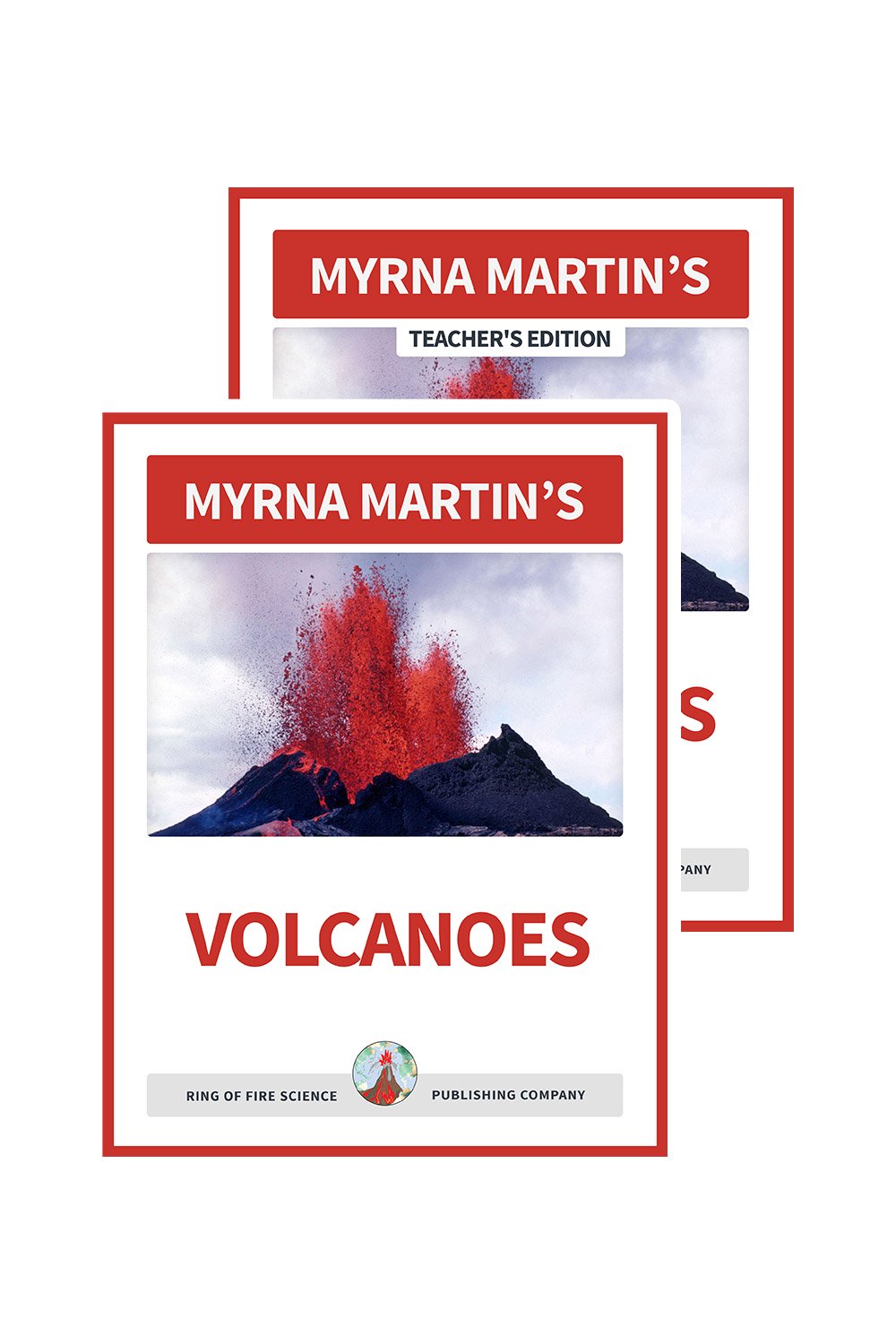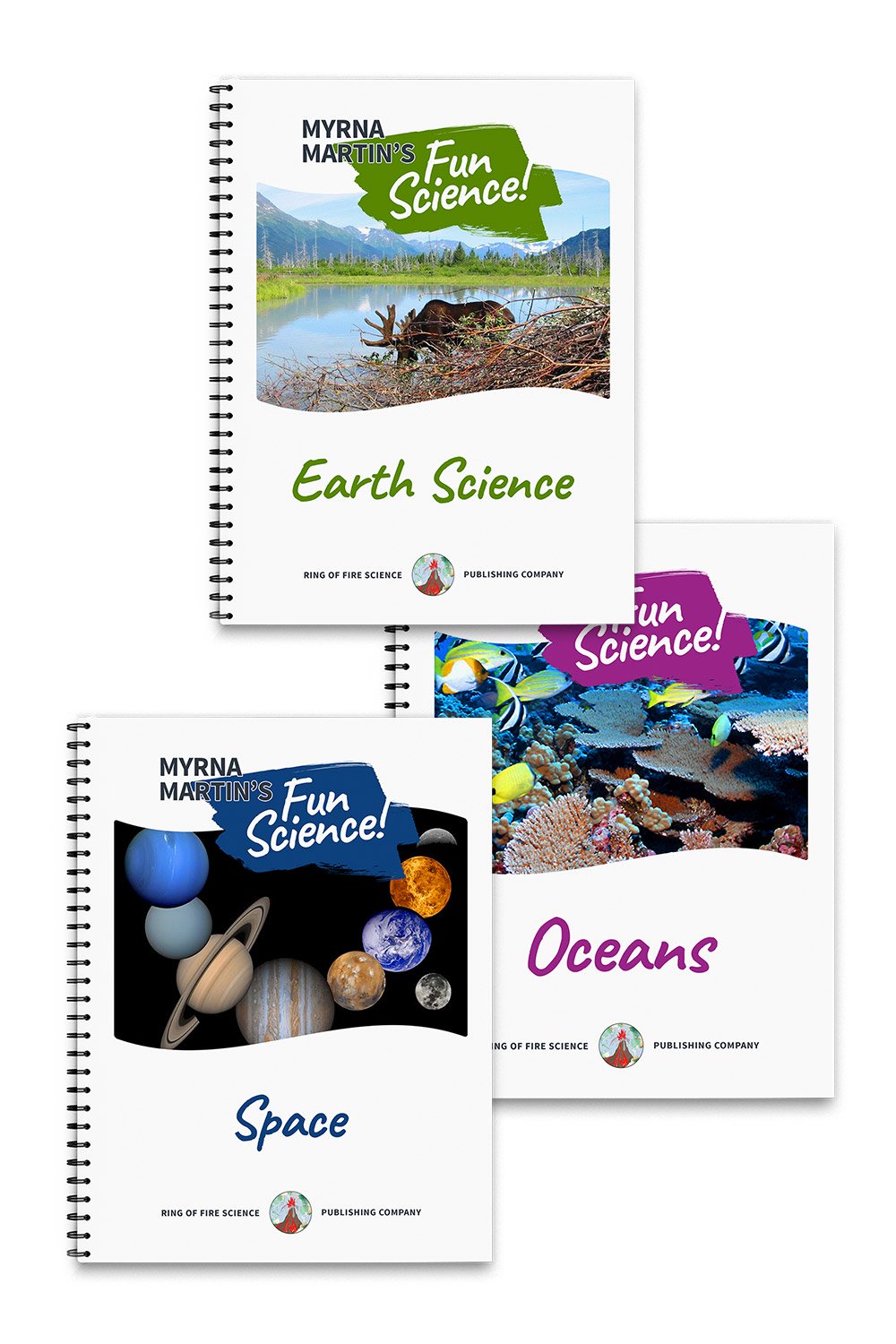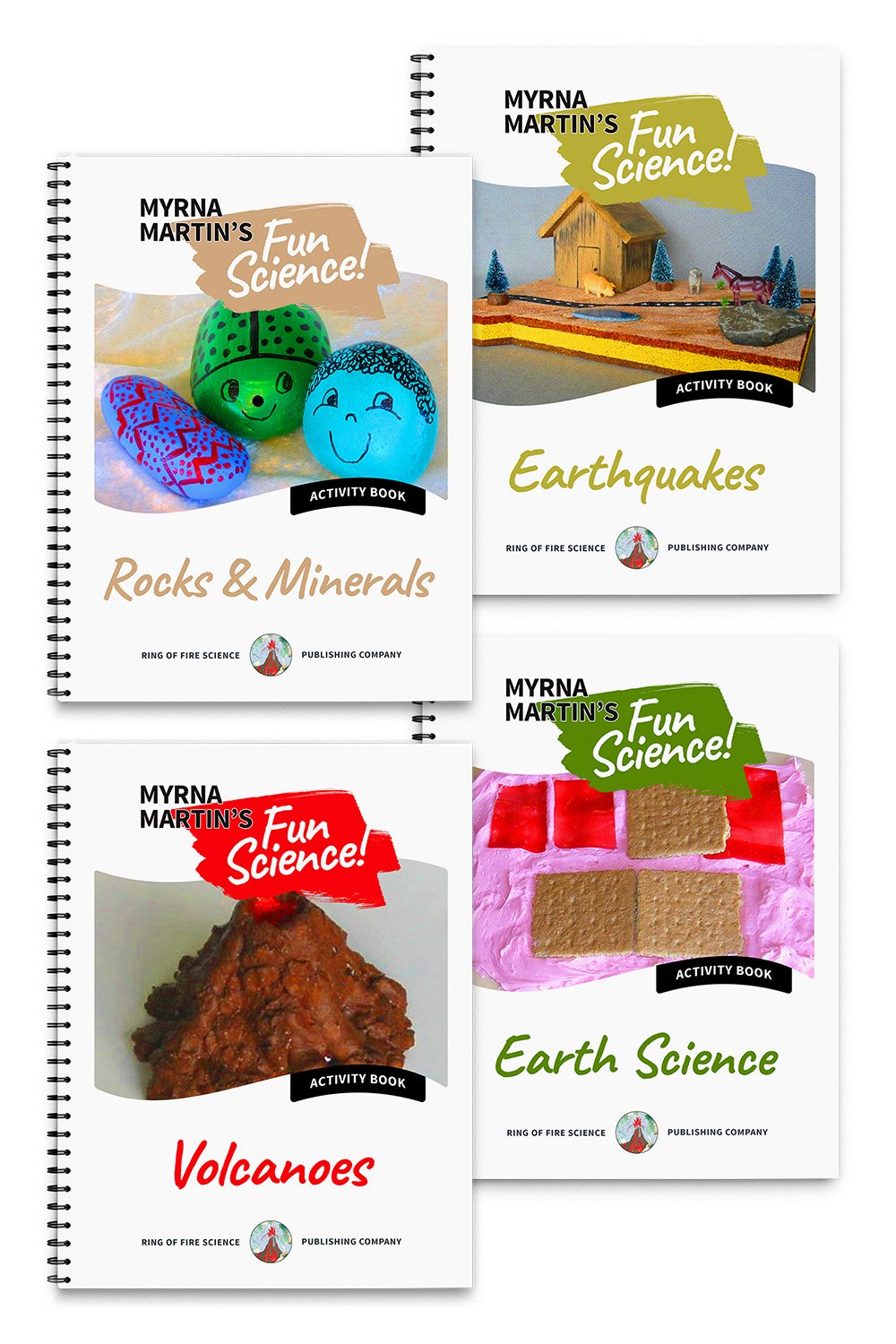Earthquake Facts
These earthquake facts explain how and why earthquakes occur. Earthquakes are primarily caused by tectonic plate movements. Crustal plates moving apart, smashing together or slipping past each other horizontally cause an earthquake. The earthquake is caused by stress building up in rocks until they break sending seismic waves in all directions.
Types of earthquake waves
Every earthquake produces P waves and S waves. These waves travel through the body of the Earth. They are also called body waves. A very large earthquake will also produce Love waves and Rayleigh waves. These two waves travel along the surface of the Earth and cause the most damage during large earthquakes.
Locating earthquakes
The exact location of an earthquake is determined by three reporting station using seismographs. P waves travel faster than S waves. Seismologists use the difference in time that it takes the P wave and S waves to reach a reporting station to determine how far away the earthquake was when the rocks ruptured.
They draw a circle around the reporting station equal to the distance the waves traveled before reaching the reporting station. Using data from two other reporting stations they draw two more circles. The point where the three circles intersect if the epicenter of the earthquake.
Epicenter and focus of earthquakes.
The epicenter is the point on the Earth's surface directly above where the rocks ruptured. The focus of the earthquake is where the rocks actually ruptured. The focus is often miles beneath the Earth's surface.
More Earthquakes Links
Primary Waves Find out about primary waves which are the first earthquake waves to reach reporting stations.
Mercalli Scale Find out about the Mercalli scale that measures the intensity of an earthquake rather than its magnitude.
Earthquake Zones Find out more about earthquake zones that outline tectonic plate boundaries where plates are coming together, moving apart and slipping past each other.
1960 Chile Earthquake The 1960 Chile earthquake was the largest of the 20th Century. Find out what causes this great earthquake.
Earthquake Epicenter Find out where earthquake epicenters are located and how they are determined on this webpage.
Alaska Earthquake The Great Alaskan Earthquake was the second largest earthquake of the 20th Century. Find out about the landslides and tsunamis generated during the earthquake.
Earthquake Facts Find out about the discoveries that have been made by scientists using earthquake waves including layers of the Earth and outlining tectonic plates.
Home Kids Earth Science links to all the categories on our website.
KIDS FUN SCIENCE BOOKSTORE
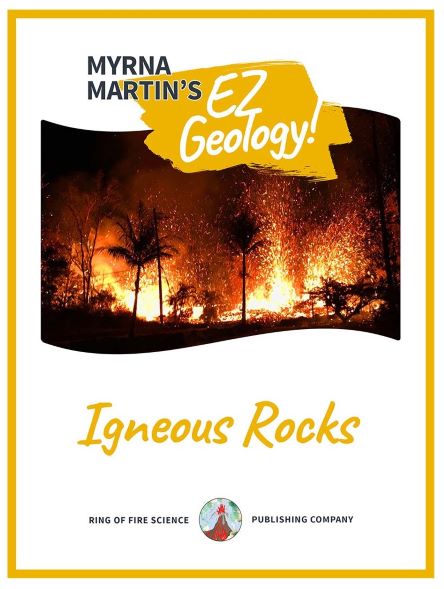 |
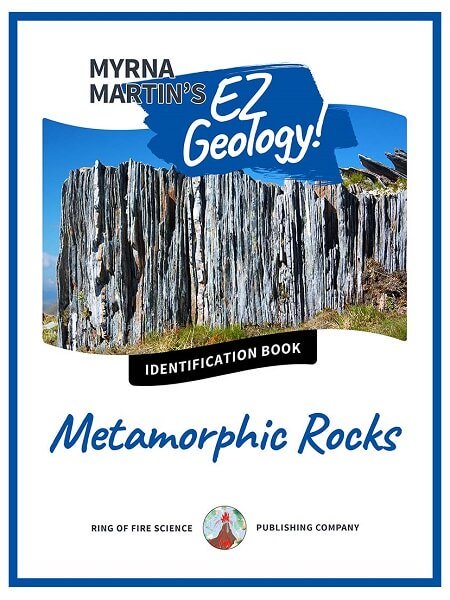 |
Check out Myrna Martin's award winning textbooks, e-books, videos and rock sets. The Kids Fun Science Bookstore covers a wide range of earth science topics. Click here to browse.
Sign up to our monthly newsletter and receive our FREE eBook containing 3 fun activities that don’t appear in any of our other books!
The Kids Fun Science monthly newsletter will include the following: current events, weird and fantastic facts, a question of the month, science trivia and the latest new content from our website.
We respect your privacy and you can be assured that we will never share your email address or use it for any other purpose than to send you our newsletter.


